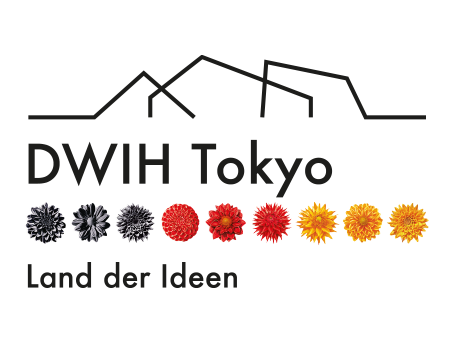Five facts relating to the DWIH focus topic “Sustainable innovations”
 © istock/Cheuk Hin Sherman Sham
© istock/Cheuk Hin Sherman Sham
Turbines under the sea, solar panels in space, ventilators in the gaps between high-rise buildings: Japan is accelerating the energy transition in imaginative ways and arming itself against the impacts of climate change.
The Kuroshio Current to the east of Japan moves up to 65 million cubic metres of water per second.
This incredible power has now been harnessed to drive sea current turbines which generate electricity. IHI, a Japanese engineering firm, and the New Energy and Industrial Technology Development Organisation started work on a related programme in 2011. Now IHI believe it is possible to generate up to 205 GW from the power of the Kuroshio Current, which equals the entire generating capacity of the Japanese electricity grid. Another interesting aspect of this kind of turbines is their high efficiency, which at 70% is only just behind lignite’s 80% efficiency. Solar panels only reach 15%, while offshore wind turbines achieve 41%.
Floating 36,000km above the earth, future solar panels could generate electricity in space and send it back to Earth.
This could be possible by transmitting the energy over microwaves, which can penetrate clouds and thereby provide stable energy supplies, regardless of the time of day and weather conditions. Japan’s space agency JAXA started research into this technology decades ago and in 2015 achieved experimental proof that energy could be transmitted this way. Scientists at Tokyo University are aiming to start space-based solar power generation as early as 2025. However, they still face the challenge of the colossal areas required for the technology. In order to generate one gigawatt (the equivalent of a nuclear reactor) with space-based solar panels, you would need solar panels covering an area of over 4 square kilometres.
A form of concrete developed in Japan is expected to last 10,000 years.
Concrete is generally considered incredibly harmful to the climate. Every year concrete manufacturing generates 2.8 billion tonnes of CO2 – more than Russia or India. However, the Japanese construction company Kajima has developed the world’s first concrete which uses carbon dioxide as a raw material, binding in more greenhouse gases than are released during manufacturing. Back in 2006 Kajima discovered that incorporating carbon dioxide when producing concrete significantly increases the lifespan of the material. Known as CO2-SUICOM, this carbon-negative concrete has already been used in small-scale construction projects.
A team of scientists has used specially prepared soap bubbles to carry 2,000 pollen grains to pollinate flowers.
Xi Yang and Eijiro Miyako from the Japan Advanced Institute of Science and Technology in Nomi have also shown that pollen can be spread by drones. In an experiment in 2020 they managed to pollinate 90% of a lily field. At first, Miyako experimented with using a kind of robotic bee, a drone disguised with horse hair. But this didn’t work, as the rotors damaged the flowers. That said, some have criticised the technique of pollination using soap bubbles, on the grounds that it could distract us from the need to protect insects.
A period of ‘guerilla rain’ can drop over 100 litres of water per square metre in Japanese cities.
Now a consortium of Japanese universities is aiming to combat these deluges. Actively influencing extreme weather events is one of the so-called ‘moonshot goals’ of a highly ambitious government-funded research and development programme. One cause of the downpours may be found in heat given off by air conditioners which rises up the canyons between high-rise buildings and quickly produces rain clouds. Installing large fans near the ground could disperse these bubbles of heat and prevent clouds from forming.
